An article in Nature Electronics presents how to use electron-beam lithography to obtain p-and n-type vertical organic electrochemical transistor matrix arrays and complementary logic circuits.


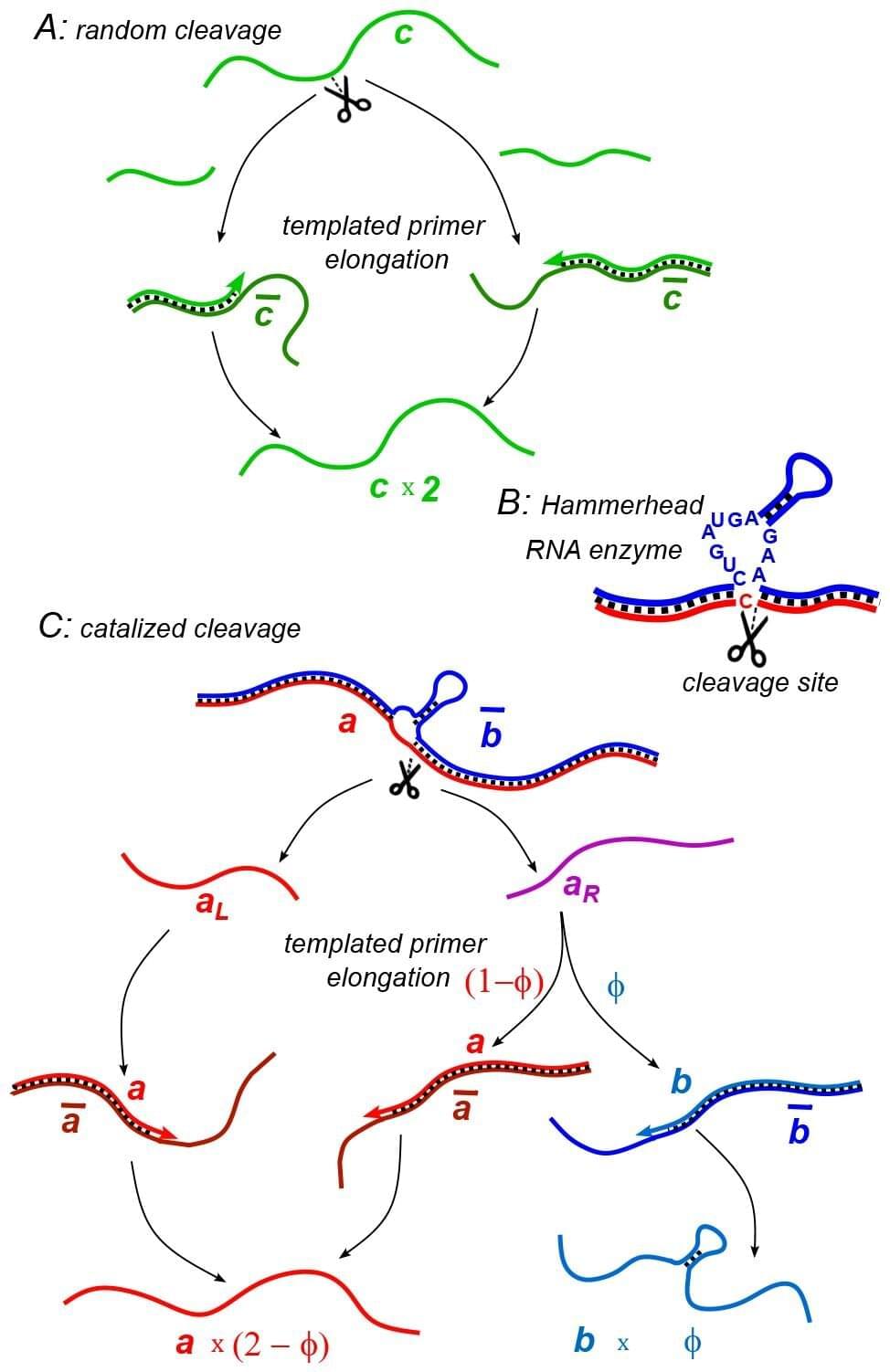
Scientists have long pondered the beginnings of life on Earth. One theory is that RNA, which is ubiquitous across all domains of life, played a central role in early life. Similar to DNA, RNA possesses the ability to store genetic information. However, to initiate life’s processes, early RNA must have also possessed the capability to self-replicate and catalyze biochemical reactions independently, without the assistance of specialized enzymes.
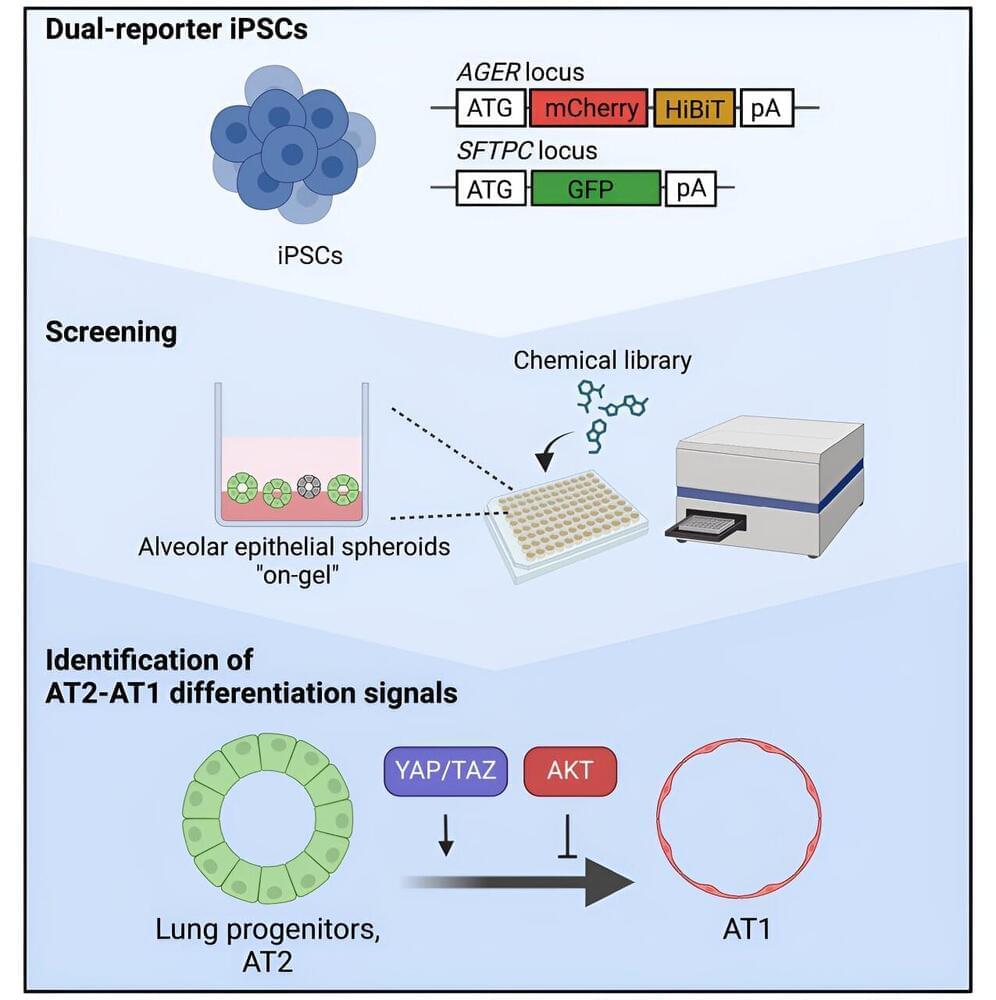
A study led by Professor Shimpei Gotoh (Department of Clinical Application), introduces a new culturing method to generate alveolar organoids suitable for medium-and high-throughput screening and identified several chemicals with synergistic effects on AT1 cell differentiation. The work is published in the journal Stem Cell Reports.
Some molecules respond to external light pulses by changing their structure and holding certain states that can be switched from one to another. These are commonly referred to as photoswitches and usually have two possible states. Recently, however, scientists from the Institute of Organic Chemistry and Biochemistry of the Czech Academy of Sciences (IOCB Prague) have developed a molecule that takes the possibilities of photoswitches a step further.


What do margaritas, vinegar, and ant stings have in common? They contain chemical ingredients that NASA’s James Webb Space Telescope has identified surrounding two young protostars known as IRAS 2A and IRAS 23385. Although planets are not yet forming around those stars, these and other molecules detected there by Webb represent key ingredients for making potentially habitable worlds.
An international team of astronomers used Webb’s MIRI (Mid-Infrared Instrument) to identify a variety of icy compounds made up of complex organic molecules like ethanol (alcohol) and likely acetic acid (an ingredient in vinegar). This work builds on previous Webb detections of diverse ices in a cold, dark molecular cloud.
What is the origin of complex organic molecules (COMs)?

“We hope our work will contribute to informed decisions regarding regulatory measures or behavioral interventions to minimize chemical exposure and protect human health,” Tesar said in a statement.
1.8 million. That’s how many people globally have multiple sclerosis, according to the World Health Organization. The agency also found around one in 100 children worldwide have been diagnosed with autism.
“Rigorous safety tests are in place for human health that are evaluated by [the] U.S. Environmental Protection Agency for approval and compliance with all regulatory guidelines,” Brian Sansoni, senior vice president for Communications, Outreach and Membership for the American Cleaning Institute, told Forbes. The ACI represents top cleaning product manufacturers like the Clorox Company and Procter & Gamble. “ACI member company manufacturers make product safety a top priority.” Quats have been known to be effective at killing bacteria, germs, viruses and mold. “The use of cleaning products, disinfectants and their chemistries contribute to public health in homes, schools, healthcare settings and communities every single day,” the ACI said.
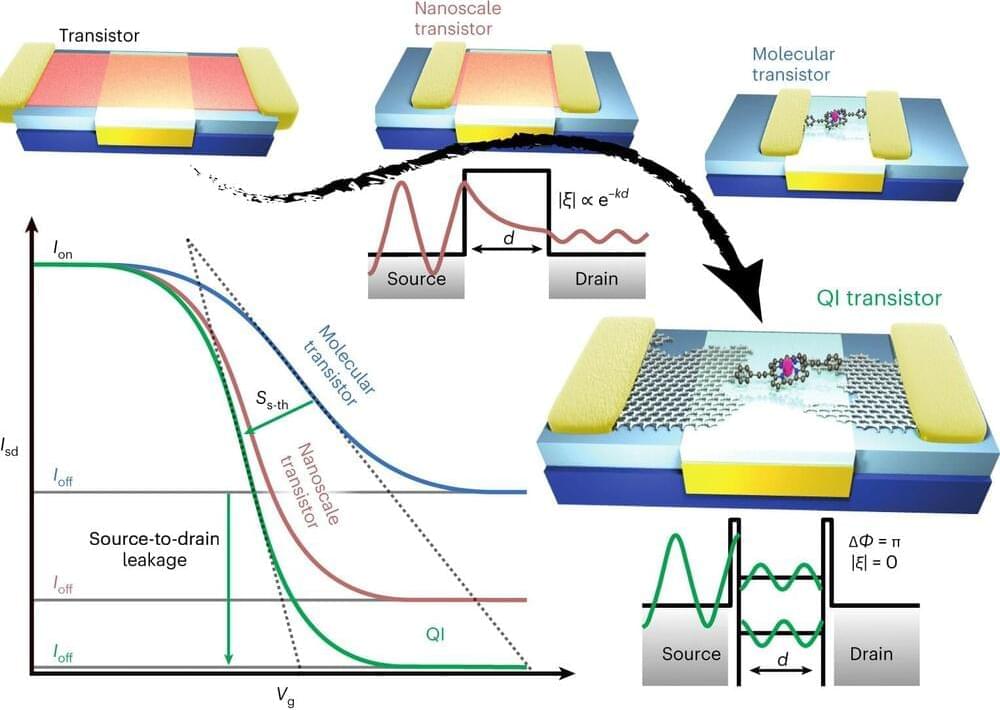
As transistors get smaller, they become increasingly inefficient and susceptible to errors, as electrons can leak through the device even when it is supposed to be switched off, by a process known as quantum tunneling. Researchers are exploring new types of switching mechanisms that can be used with different materials to remove this effect.
In the nanoscale structures that Professor Jan Mol, Dr. James Thomas, and their group study at Queen Mary’s School of Physical and Chemical Sciences, quantum mechanical effects dominate, and electrons behave as waves rather than particles. Taking advantage of these quantum effects, the researchers built a new transistor.
The transistor’s conductive channel is a single zinc porphyrin, a molecule that can conduct electricity. The porphyrin is sandwiched between two graphene electrodes, and when a voltage is applied to the electrodes, electron flow through the molecule can be controlled using quantum interference.
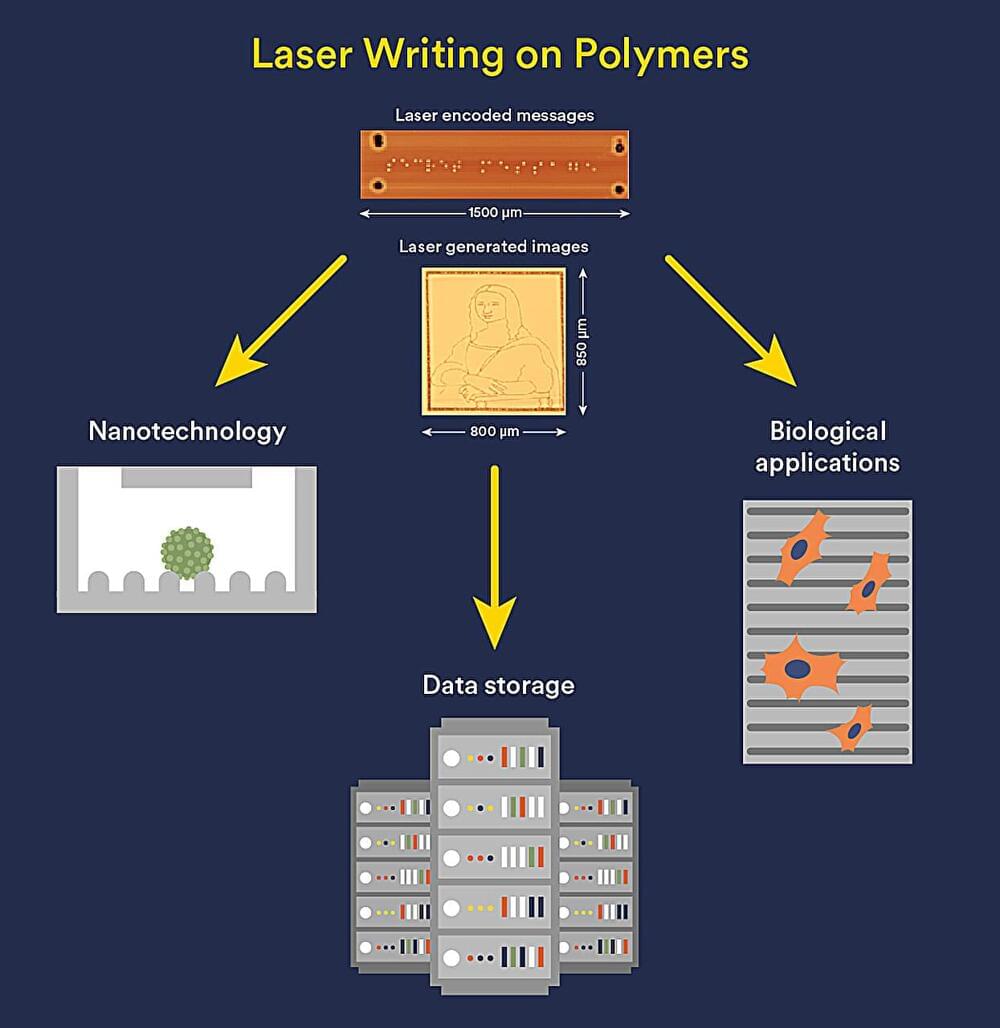
Now Flinders University researchers have discovered a light-responsive, inexpensive sulfur-derived polymer receptive to low power, visible light lasers—which promises a more affordable and safer production method in nanotech, chemical science and patterning surfaces in biological applications.
Details of the novel system have just been published in Angewandte Chemie International Edition, featuring a laser-etched version of the famous “Mona Lisa” painting and micro-Braille printing even smaller than a pin head.
“This could be a way to reduce the need for expensive, specialized equipment, including high-power lasers with hazardous radiation risk, while also using more sustainable materials. For instance, the key polymer is made from low-cost elemental sulfur, an industrial byproduct, and either cyclopentadiene or dicyclopentadiene,” says Matthew Flinders Professor of Chemistry Justin Chalker, from the Flinders University.
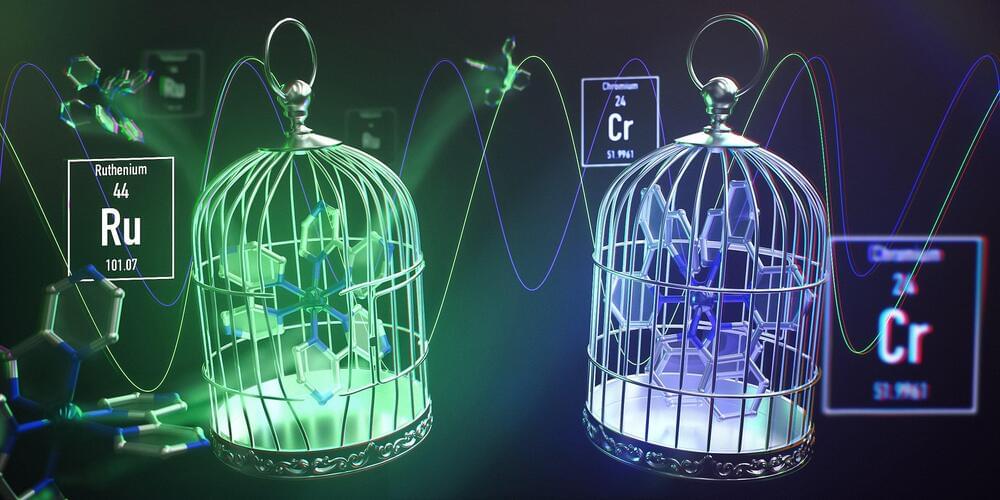
Anyone who wants to produce medication, plastics or fertilizer using conventional methods needs heat for chemical reactions – but not so with photochemistry, where light provides the energy. The process to achieve the desired product also often takes fewer intermediate steps.
Researchers from the University of Basel are now going one step further and are demonstrating how the energy efficiency of photochemical reactions can be increased tenfold. More sustainable and cost-effective applications are now tantalizingly close.
Industrial chemical reactions usually occur in several stages across various interim products. Photochemistry enables shortcuts, meaning fewer intermediate steps are required. Photochemistry also allows you to work with less hazardous substances than in conventional chemistry, as light produces a reaction in substances which do not react well under heat. However, to this point there have not been many industrial applications for photochemistry, partly because supplying energy with light is often inefficient or creates unwanted by-products.